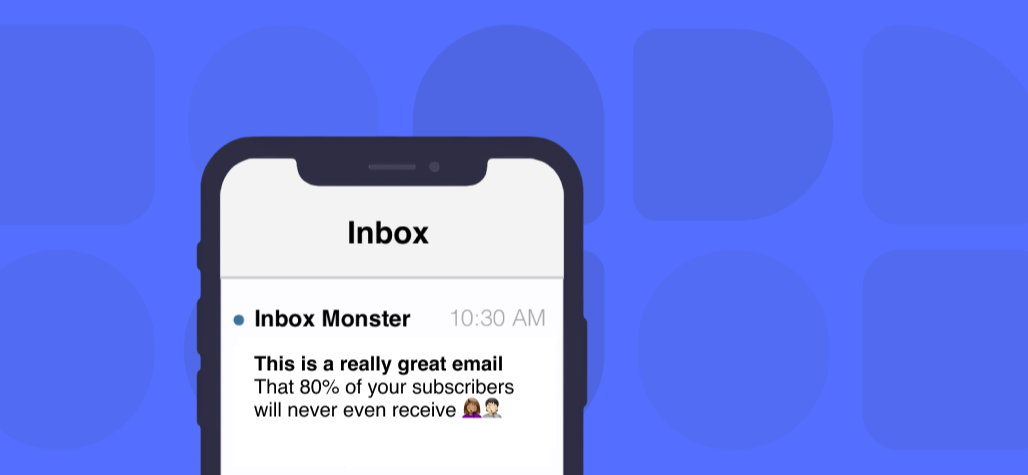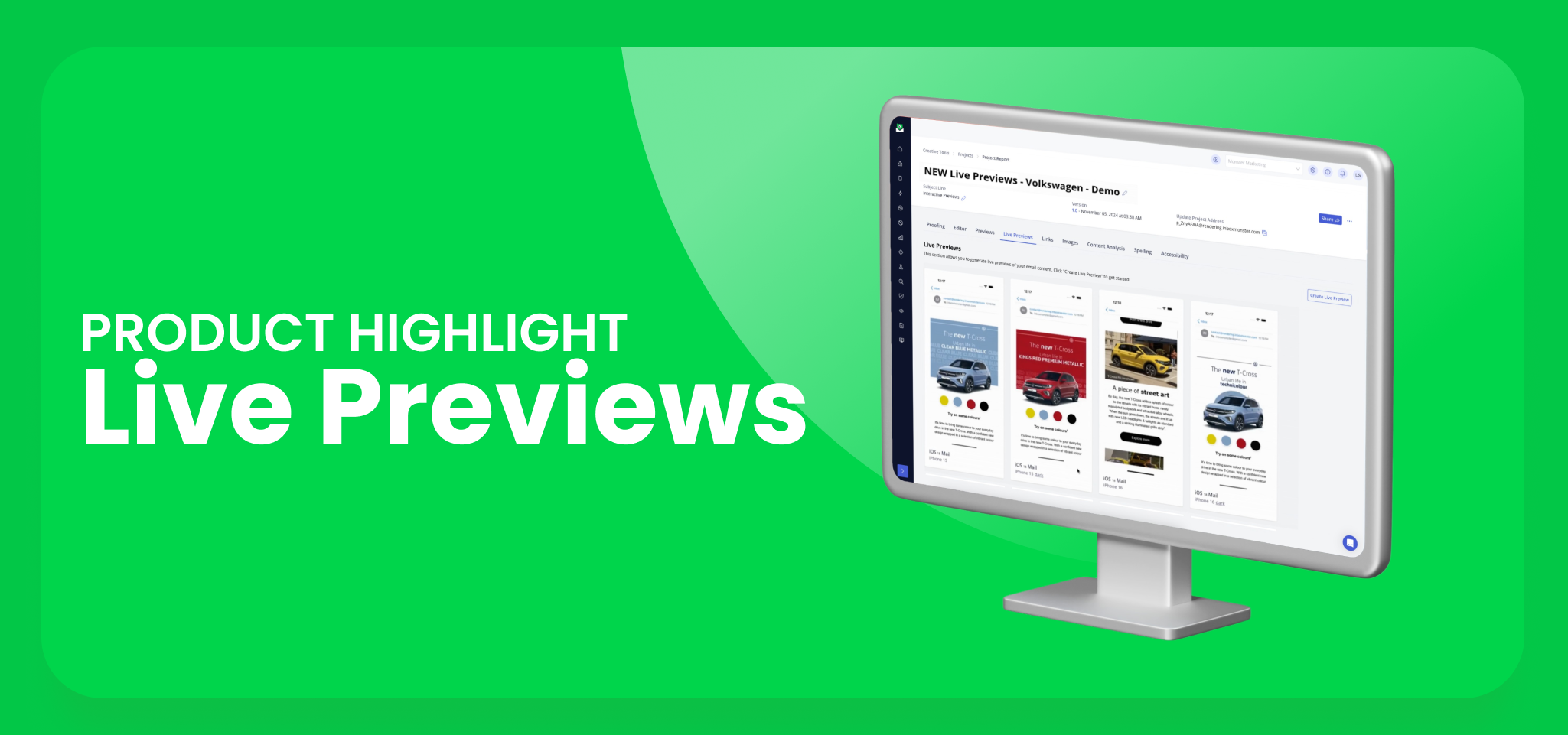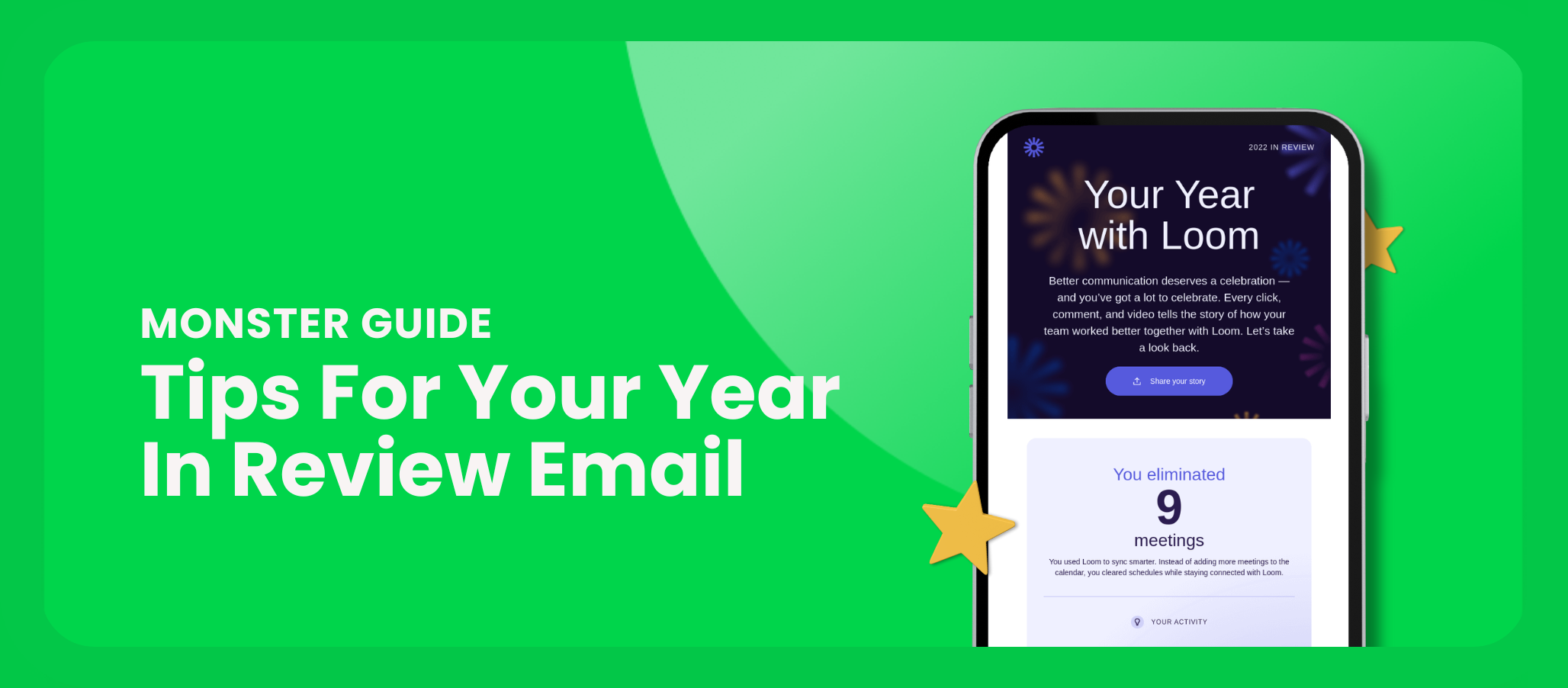Imagine this: After months in the making, your marketing team has finally got the green light on the next product launch emails they’ve been working on.
Everything is set in the platform, automated to perfection, and ready to be fired up.
When launch day comes, the team keeps checking the ESP every 5 minutes, waiting anxiously to see the sales pouring in. But instead of excitement and celebration, sheer panic spreads across the office–half of your subscribers didn’t even get the launch emails!
You’ve seen your deliverability going down in the pre-launch period, but nothing like that! Someone checks the ESP bounce logs and runs a few other checks. Their face turns white. “We’ve been blocklisted,” they mumble, almost voiceless. Now what?
In today’s guide, we’ll have a closer look at blocklists, what to do if you find yourself in one, and how you can prevent that from even happening in the first place.
What is a blocklist? A blocklist is a real-time list that stores an ever-updated collection of domains or IP addresses known to be engaged in spam activity. Internet service providers (ISPs), email providers and network administrators use them to filter incoming email and protect users from receiving spam or potentially harmful content to their inboxes.
The blocklists themselves are developed and maintained by individual organizations and ISPs, or managed by email security-focused and spam filtering-focused third-party companies (like our friends over at Spamhaus!).
Those lists have multiple factors: you may land on one from having too many subscribers flagging your emails as spam. Other factors can be known malware or phishing attempts, high bounce rates, list hygiene issues, or even worse, using purchased lists.
A drastic change in your email sending behavior can potentially get you blocklisted too. For example, if you start sending daily emails to your list instead of sending the weekly ones you’ve been sending for a long period. That can raise some suspicions and you might end up on a blocklist.
How can I check if i’m blocklisted? Start by taking these steps:
- Use a free blocklist lookup tool: You can use free tools, like SiteChecker, to scan your sending domain or IP and those will provide you with a report on your listing status.
- Check reputation health on blocklist provider websites: Visit the websites of prominent blocklist providers, like Spamhaus or Barracuda. These providers allow you to check your reputation health, verify whether your domain or IP address is listed, and get guidance on your recommended next steps.
- Monitor your email deliverability: A sudden drop in deliverability or engagement, or high bounce rates can indicate that your emails are being blocked or filtered as spam. The bounce logs from your Email Service Provider can reveal those sudden drops or spikes. (Inbox Monster’s solutions include ongoing blocklist monitoring services, paired with a deliverability consultant for further guidance and support, as well.)
What happens if you do end up on one? The good news is, not all blocklists are created equal. The receiving systems can either block your emails or flag them as spam. The levels of impact those blocklists can have on your email program are varied. So if you find yourself on one, check which type of blocklist you landed in before deciding on the next steps:
- Real-Time Blackhole List (RBL): RBLs have a comprehensive and ever-updating database of IP addresses that have been reported or identified as sources of spam. When email servers process incoming emails, they can refer to or consult with RBLs to verify if the sender’s IP address is listed, so they can reject or flag the email.
- Domain-Based Blocklist (DBL): DBLs focus on blocking emails from specific domains with spam or malicious activities reputation. Email servers can compare the sender’s domain with entries in the DBLs and filter the emails to decrease their possible impact.
- Spam URL Real-Time Blocklist (SURBL): SURBLs target the URLs or hyperlinks in-emails. They have a list of reported spam URLs, and before arriving in the inbox, SURBLs check the URLs and the appropriate action is taken by the email server.
Internal vs. external vs. specific mailbox provider blocklist: Depending on the type of blocklist you land on, your team members or deliverability partners need to assess the severity and impact of that blocklist, and advise on your course of action and how urgent it needs to be.
When you understand the type of blocklist you’re in, you can then investigate the information carefully, identify and analyze the root cause for it, and take the recommended steps to delist yourself seriously (those recommendations can even prevent you from landing on blocklists in the future!).
So, you have successfully removed yourself from the blocklist. Now it’s really important for you to monitor and follow up on your email deliverability to track the progress of the removal process, because the removal process can take some time. Monitor your situation closely to confirm that your IP or domain has been effectively delisted, so you can address any potential issues and get back to normal email deliverability.
With Inbox Monster, you can get information about any blocklistings in real time, as well as valuable insights into your email program’s health to optimize your deliverability. Schedule a demo here to learn more.
How can you minimize your chances of landing on a blocklist in the future? We will share a guide to that shortly.






